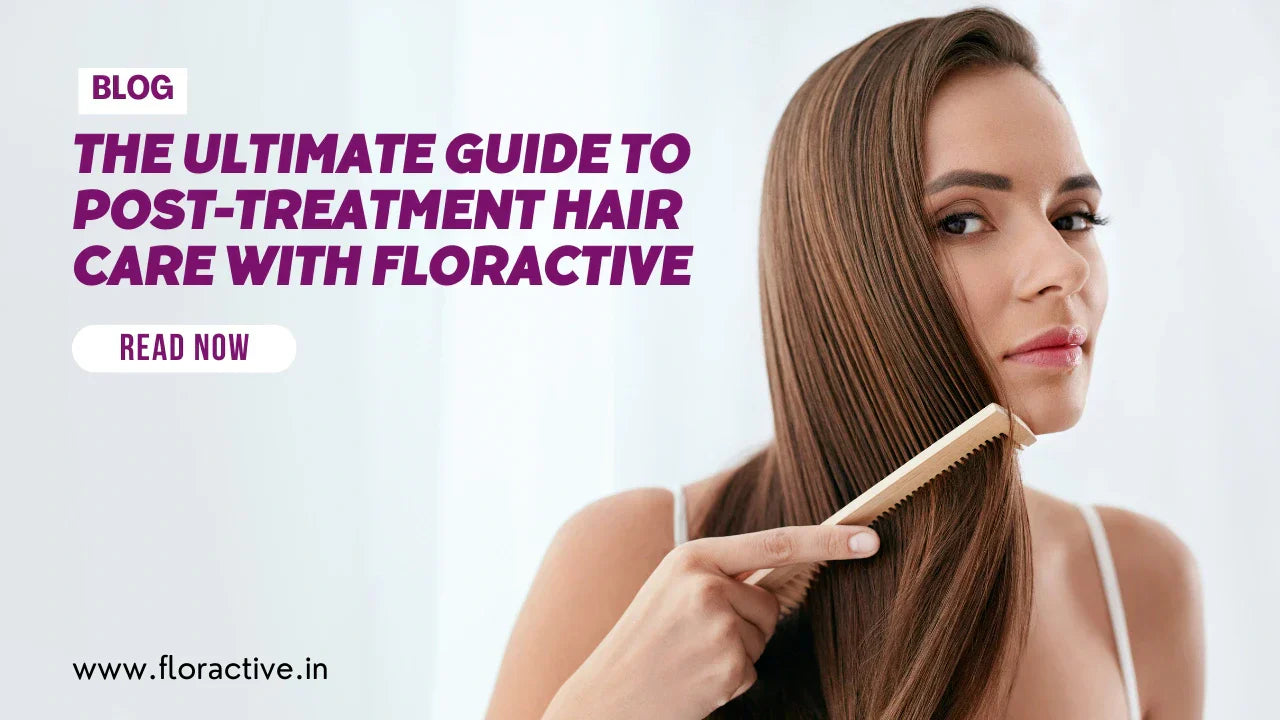
The Ultimate Guide to Post-Treatment Hair Care with Floractive
Post-treatment hair care is just as crucial as the treatment itself. Even a little negligence can impact your results, reducing the treatment’s longevity. While each hair treatment has its aftercare routine, a few universal steps apply to all.
In this guide, we’ll look closer at the essentials of post-treatment hair care. Whether you’re planning to get a treatment or have already undergone one, we’ve got you covered. From key aftercare practices to signs that indicate it's time for a touch-up, we’ll walk you through everything you need to know.
Plus, we’ve added essential factors to consider when building your post-treatment hair care routine to ensure your hair stays healthy and results last longer.
Why is post-treatment hair care essential?
Post-treatment hair care isn’t just an option. It’s a must for getting the most out of your salon treatment. Here’s why:
- Helps to preserve treatment effects: The key role of a post-treatment routine is to maintain the results and extend the longevity of your treatment. Using the wrong products or neglecting proper care can compromise your hair, stripping away the treatment’s benefits and leading to damage.
- Strengthens and protects hair: Most treatments provide both protection and nourishment. A well-structured post-care routine helps maintain this protection while restoring and strengthening your hair’s health.
- Helps to adapt and enhance treatment results: Many hair care treatments deliver results gradually. Following the proper aftercare routine helps the treatment penetrate deeper into the hair shaft, enhancing shine, smoothness, and overall hair health.
Post-treatment hair care tips
As you know the importance of post-care routine, let’s discuss how to do it. Here are 7 post-treatment hair care routines:
- Use expert-recommended products
Stick to a sulfate-free shampoo and conditioner, regardless of your hair treatment. Harsh chemicals like sulfates can strip away natural oils and weaken treatment results. Additionally, consult your hair expert for the most suitable products tailored to your specific treatment and hair type.
- Avoid any new hair treatment without expert consultation
It’s not recommended to jump from one treatment to another treatment in a short time. Undergoing a new treatment without expert consultation can lead to unexpected issues like allergic reactions or hair damage, especially if it’s incompatible with previous treatments. To ensure the best results, always discuss your hair goals and current condition with a professional who can guide you toward the most suitable treatment.
- Stay hydrated and have a healthy diet
Your hair’s health starts from within. Pay as much attention to your lifestyle and diet as to hair care products. Stay hydrated by drinking plenty of water and maintaining a balanced diet rich in essential nutrients to keep your hair strong and healthy.

- Avoid excessive heat styling
Occasional heat styling is perfectly fine, but if you rely on it daily, it's essential to find healthier alternatives. If you love curls, try heatless curling methods, and whenever possible, let your hair air dry instead of using a blow dryer.
These small changes can significantly reduce heat exposure, keeping your hair healthier with the benefits of treatment in the long run. Also, never skip a heat protectant serum like Floractive Serum Illuminador before styling to shield your hair from heat damage.
- Avoid hot water
Many hair treatments, including coloring, rely on sealing the cuticle to maximize the formula’s benefits. Hot water can cause the cuticle to lift, making the treatment fade faster and shortening its longevity. Hence, always wash your hair with lukewarm or cool water to maintain the best results.
- Add serum and hair mask to the routine
Add hydrating serum and hair mask to your hair care routine. A hydrating serum delivers a lightweight, daily dose of moisture while protecting your hair from tangling, pollution, and humidity.
Meanwhile, a weekly hair mask like Floractive Marroco Golden Mask deeply conditions your hair, replenishing lost proteins and repairing damage from within. However, always consult your hairstylist before introducing a new hair mask to ensure it suits your treatment and hair type.
- Protect your hair while sleeping
While you sleep, tossing and turning on a rough surface like a cotton pillowcase creates friction, damaging the hair cuticle and leading to frizz, tangles, and breakage. This can weaken your salon-treated hair over time.
To protect your hair while sleeping, switch to a satin or silk pillowcase or wrap your hair in a satin scarf. These reduce friction, helping to maintain smoothness and extend the results of your treatment.
Factors to consider while making post-treatment hair care routine
No two heads of hair are the same, so it's necessary to customize a hair care routine accordingly. Here are key factors you need to consider while making post-treatment hair care routine:
- Type of hair treatment: Understand your hair treatment and consult your hair expert about the right post-care routine. Each treatment has unique aftercare requirements and may be compatible with specific products only. Using the wrong products or routine can affect the results and longevity of your treatment.
- Your hair type and texture: Your hair texture and type play a crucial role in selecting the right products. Fine hair benefits from lightweight formulas, while dry hair requires intense hydration. Ensure you choose products suitable for hair type, texture, and porosity for the best results.
- Hair wash frequency: Avoid washing your hair too frequently, as it can strip away natural oils and affect treatment longevity. Instead, build a hair wash routine based on your hair’s needs. Observe how your hair behaves over a few days and adjust the frequency accordingly. Ideally, washing your hair twice or thrice a week helps maintain its health and moisture balance.
- Choice of hair care products: Always choose products your hair expert recommends. If no specific products are suggested, focus on ingredients rather than labels when selecting. Read reviews, check online recommendations, and ensure the formula suits your hair needs. Plus, always consider doing a patch test before using a new product.
- Hair drying technique: Consider your hair drying technique, especially if you have a busy lifestyle and rely on a hair dryer. If blow-drying is part of your routine, always set it to the lowest temperature to minimize heat damage. Additionally, invest in a heat-protectant serum to shield your hair and maintain its health
- Your lifestyle: If you have a busy lifestyle that exposes your hair to sun, chlorine, pollution, or sweat, you may need to add extra care to your routine. Consider using products like a leave-in conditioner, UV protection serum, or anti-pollution hair spray to shield your hair from daily stressors. Pay attention to these small details when creating your post-care routine to keep your hair healthy and well-protected.
Signs your hair needs a touch-up
Sometimes, simply following a post-care routine isn’t enough to maintain your treatment results. This could be due to negligence in aftercare or the natural demands of the treatment itself. Here are key signs that indicate it's time for a salon visit for a touch-up:
- Frizz: Unruly, unmanageable, and frizzy hair are signs of a lifted or damaged cuticle, indicating that your hair treatment is wearing off. If your hair starts losing its smoothness and becomes harder to style, it's time for a touch-up to restore its shine and manageability.
- Loss of shine: Hair often loses its shine due to a lack of moisture, making it appear rough and dry. If your hair looks dull and lifeless, it might be a sign that your treatment is fading, and a quick touch-up can help restore its smoothness and vibrancy.
- New hair growth doesn’t blend with salon-treated hair: This is often noticeable in long-term treatments like hair coloring or smoothing. If your new hair growth contrasts with your chemically treated hair and doesn’t blend seamlessly, it’s a clear sign that your hair needs extra care or a touch-up to maintain a uniform look.
Conclusion
Post-treatment hair care is the secret to extending the life of your salon results and keeping your locks in top shape. With the right products and a well-planned routine, you can significantly extend the benefits of your treatment and enjoy smooth, healthy hair for a longer time.
In this guide, we’ve covered everything you need to know about post-treatment hair care. So, bookmark this post, listen to your hair’s needs, and give it the best care it deserves. Start pampering your strands with us. Shop the best hair care products from Floractive today!

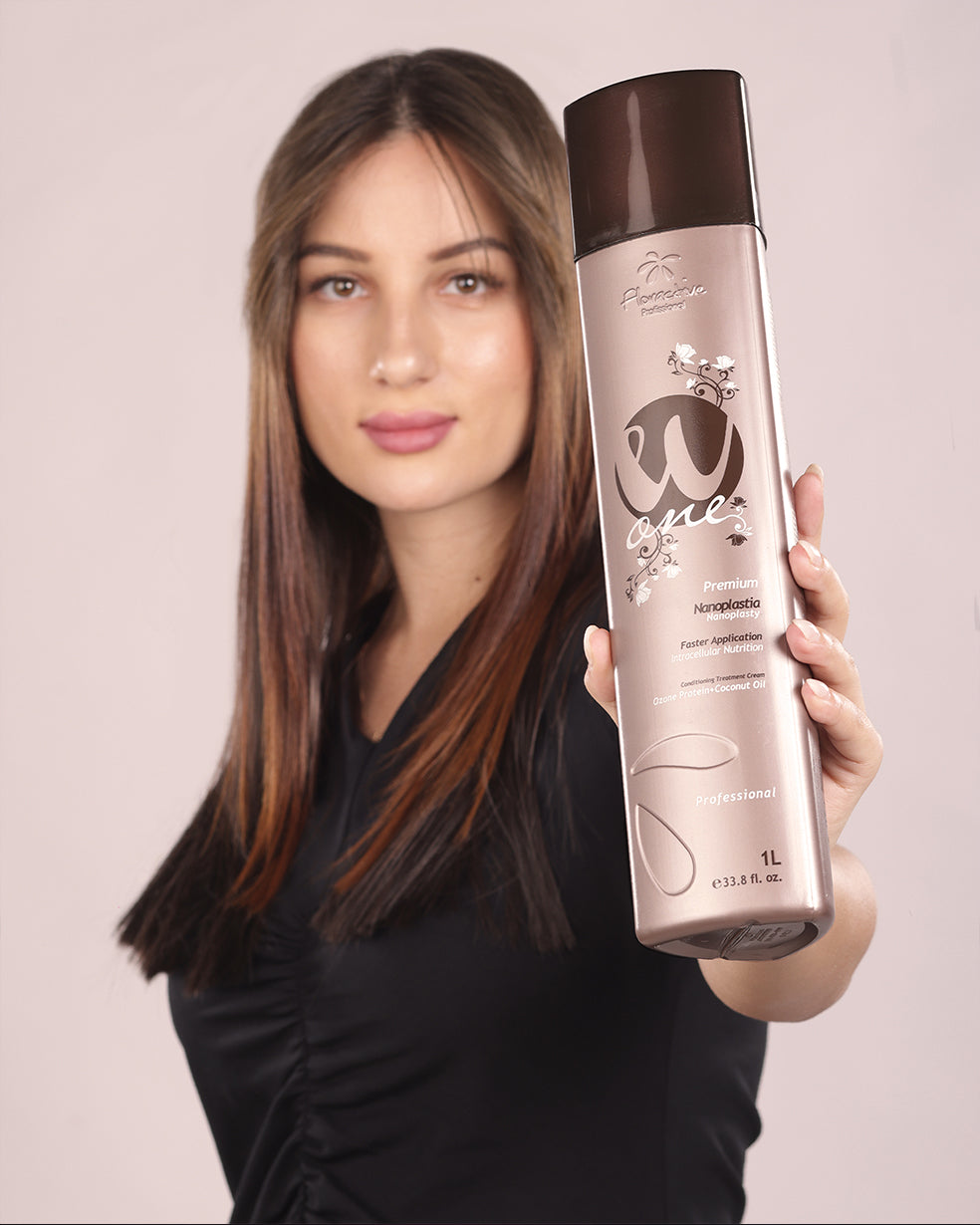


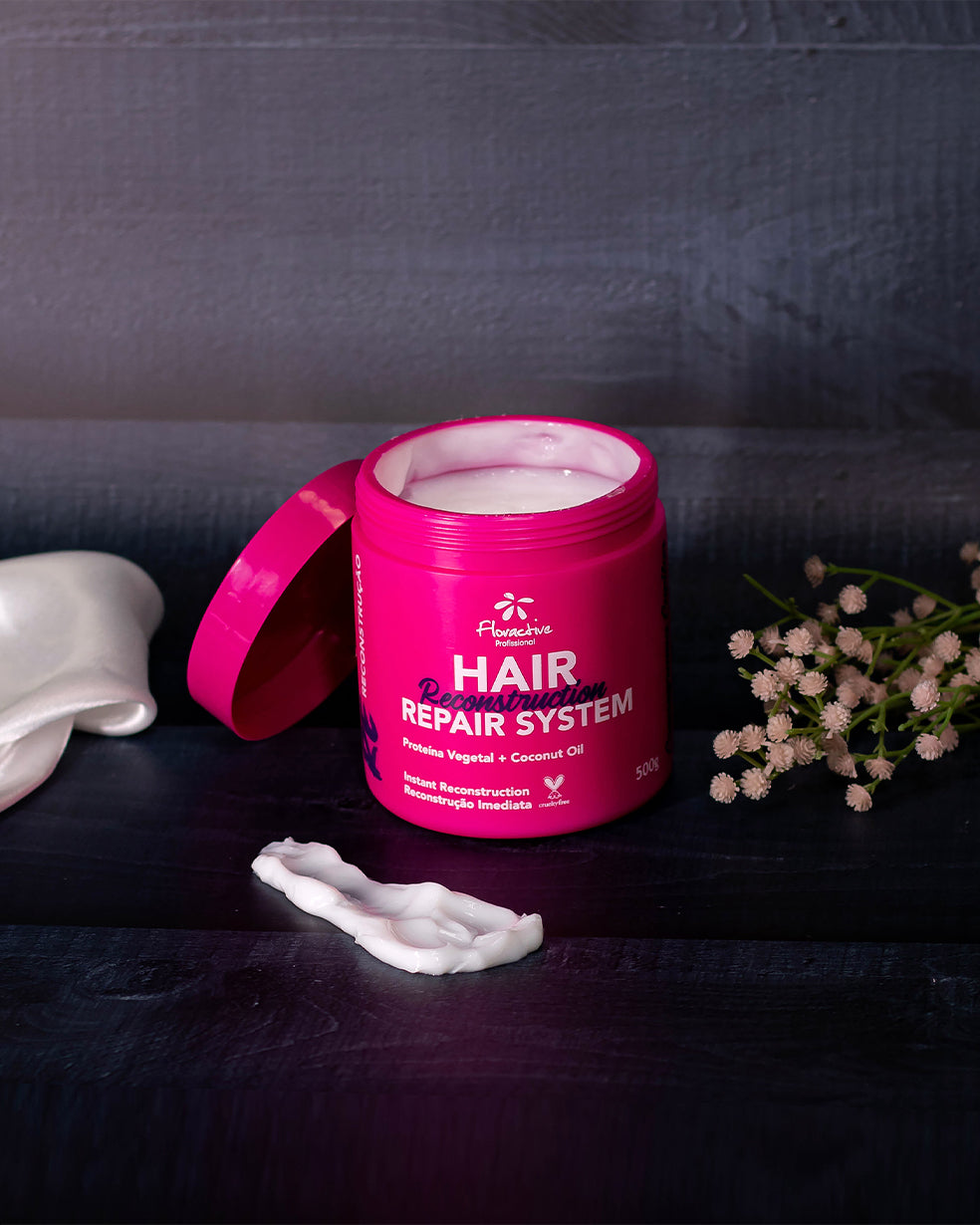


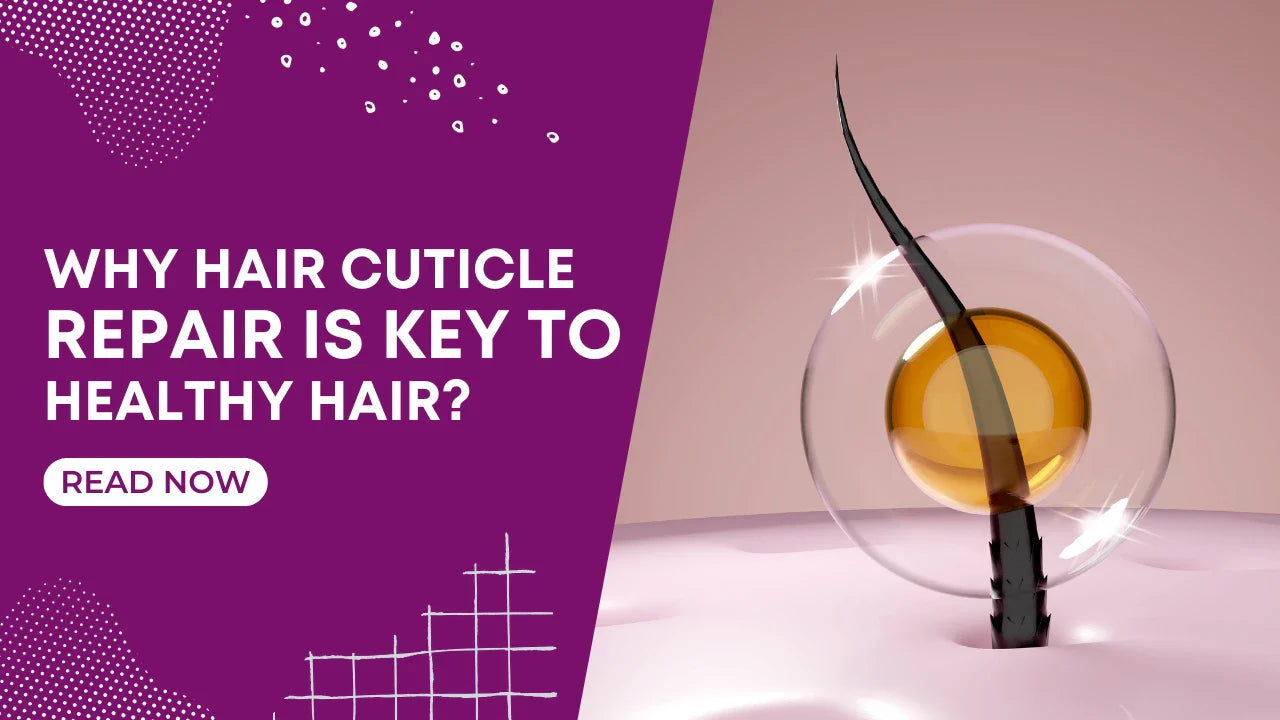
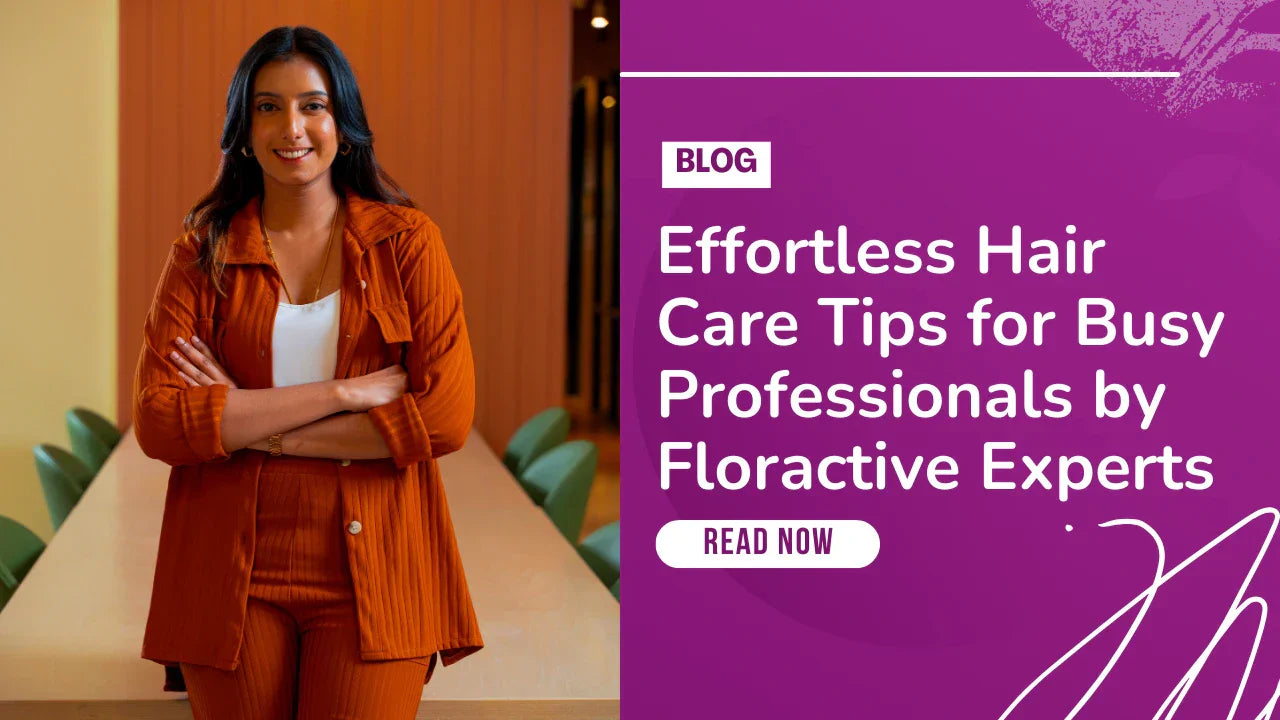




Leave a comment
This site is protected by hCaptcha and the hCaptcha Privacy Policy and Terms of Service apply.